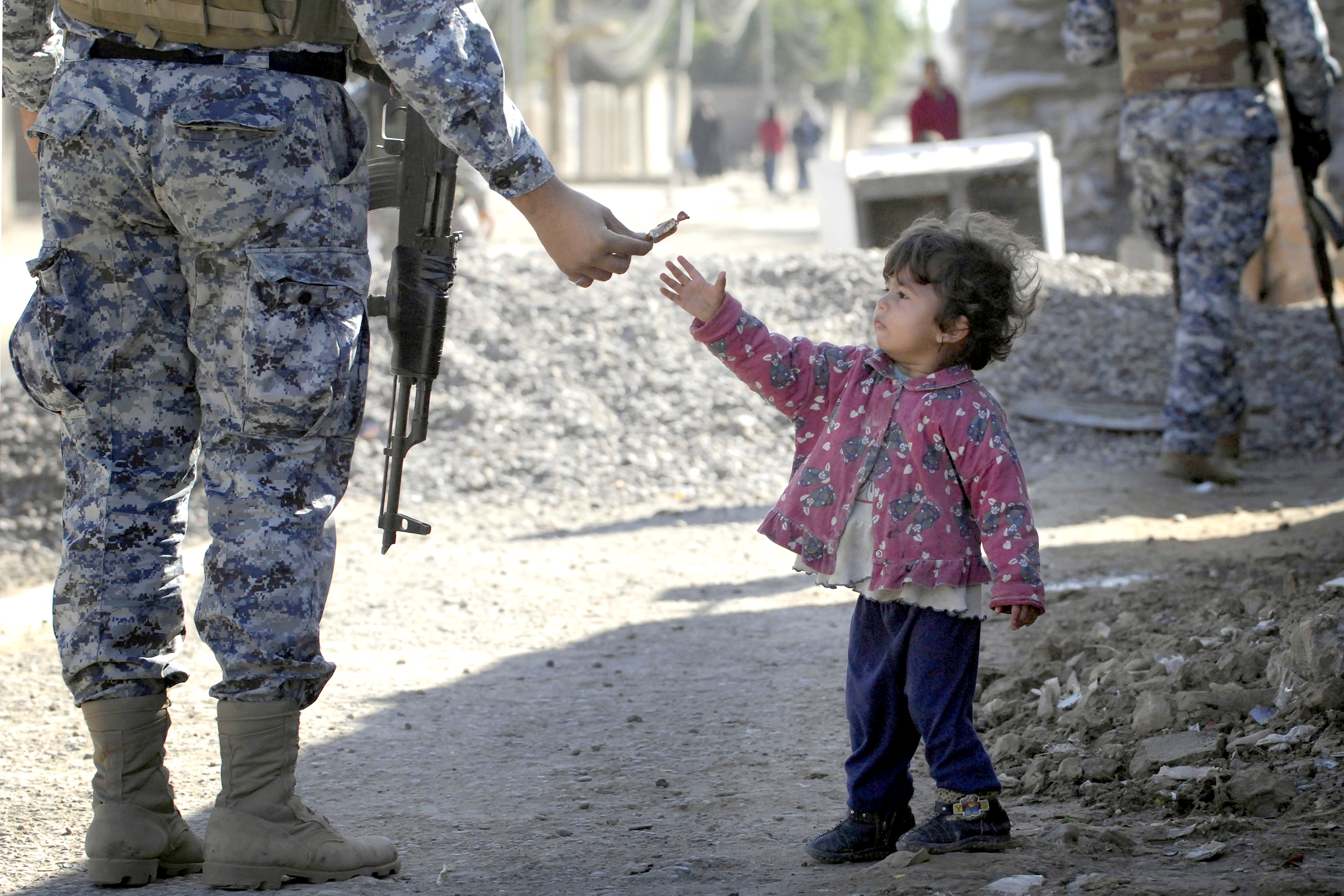Penelope
Diamond Member
- Jul 15, 2014
- 60,265
- 15,803
- 2,210
It all started with the Spanish-American War, which began in the spring of 1898, when Puerto Rico was a Spanish territory. The U.S. invaded Puerto Rico not only because it was a Spanish territory, but also due to its interests in developing a sugar market there, says Lillian Guerra, a history professor at the University of Florida.
“When the Americans arrived, General [Nelson] Miles issued, very famously, a decree manifesto in which he promised to protect the life, liberty, and happiness of Puerto Ricans, and their property,” she says. “A lot of Puerto Ricans who were poor, who were working-class, who were peasants, took this as an invitation to side with the Americans in what was still a war against Spain.”
To support the U.S., Puerto Ricans began to attack Spanish-owned businesses and property. But “to their great shock and awe,” Guerra says the Americans did not keep their promises after they won the war, when Spain ceded Puerto Rico to the U.S. in the Treaty of Paris. The U.S. ignored the new, democratically-elected local parliament of Puerto Rico in favor of creating its own colonial system.
Snip
That year, Puerto Ricans became U.S. citizens under the Jones-Shafroth act—this way the U.S. could deploy them as troops during World War I (similar to how the Emancipation Proclamation legalized the Union’s use of black troops). The federal government believed that white people weren’t suited to fight in tropical climates because they didn’t have immunity to the diseases found there. Instead, the U.S. sent Puerto Rican “immunes,” as they were called, to defend the Panama Canal.
Puerto Rico’s Complicated History with the United States
We are the good guys. Trump never said a word about he Seals killed in Niger, wonder why, who are they protecting.
“When the Americans arrived, General [Nelson] Miles issued, very famously, a decree manifesto in which he promised to protect the life, liberty, and happiness of Puerto Ricans, and their property,” she says. “A lot of Puerto Ricans who were poor, who were working-class, who were peasants, took this as an invitation to side with the Americans in what was still a war against Spain.”
To support the U.S., Puerto Ricans began to attack Spanish-owned businesses and property. But “to their great shock and awe,” Guerra says the Americans did not keep their promises after they won the war, when Spain ceded Puerto Rico to the U.S. in the Treaty of Paris. The U.S. ignored the new, democratically-elected local parliament of Puerto Rico in favor of creating its own colonial system.
Snip
That year, Puerto Ricans became U.S. citizens under the Jones-Shafroth act—this way the U.S. could deploy them as troops during World War I (similar to how the Emancipation Proclamation legalized the Union’s use of black troops). The federal government believed that white people weren’t suited to fight in tropical climates because they didn’t have immunity to the diseases found there. Instead, the U.S. sent Puerto Rican “immunes,” as they were called, to defend the Panama Canal.
Puerto Rico’s Complicated History with the United States
We are the good guys. Trump never said a word about he Seals killed in Niger, wonder why, who are they protecting.

